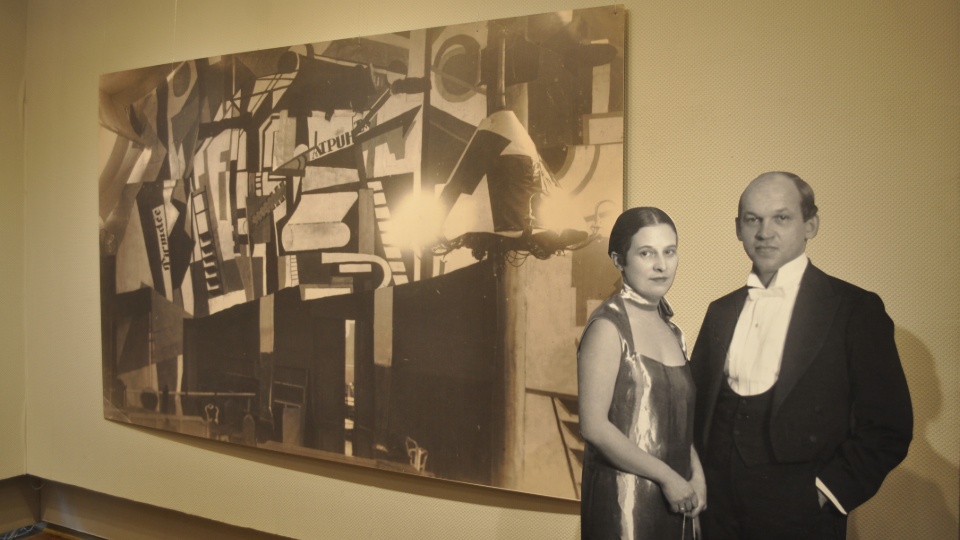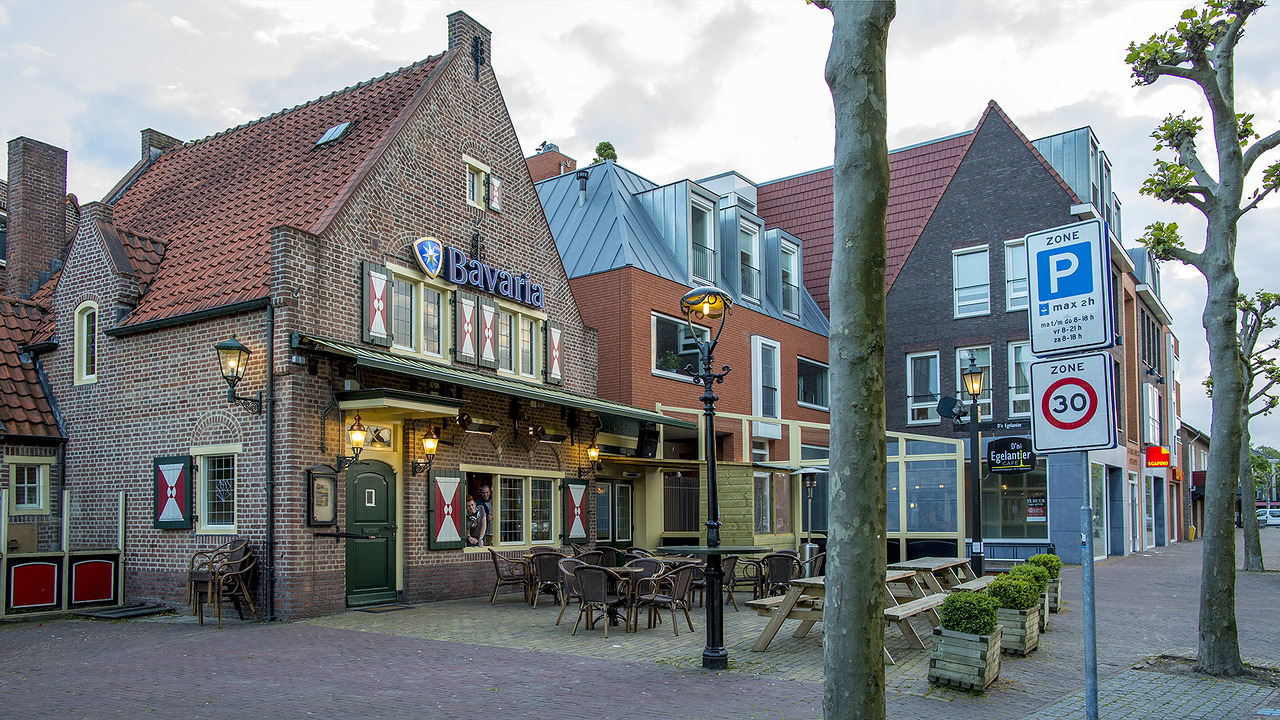The exhibition “Creative Tandem: Romans Suta (1896-1944) and Aleksandra Beļcova (1892-1981)” from the collection of the Latvian National Museum of Art (LNMM) can be seen at the Daugavpils Local History and Art Museum.
This is the first exhibition of works by Latvian modernist classics – Suta and Beļcova – in Daugavpils – only a few plates painted by artists from the collection of businessman and patron Pēteris Avens have been previously exhibited, part of which was exhibited in Daugavpils Museum in spring 2015.
Has been operating in Riga since October 2008 Roman Suta and Alexander Belcova Museum, which is a branch of LNMM. The idea for this museum came from the artist’s daughter – ballerina, art historian and television journalist Tatjana Suta (1923-2004). Throughout her life, she carefully preserved and promoted her parents’ works of art. Tatjana Suta managed to reclaim the apartment where the artists have lived since the 1930s, but after the death of Romana Suta, Aleskandra Beļcova lived and set up a well-thought-out exposition. Tatjana Suta regularly introduced her father’s and mother’s work to all those interested and wished her an apartment at LNMM.
The collection of the Suta and Beļcova Museum consists of more than four thousand works of art – paintings, graphics, porcelain, drawings in various techniques, scenography and sketches of theatrical costumes, as well as painted tableware. Also – furniture, photos, letters, exhibition catalogs and other things. It has been possible to place only a small part of this rich collection in the two halls of the Daugavpils Museum, but – and this is very important – it provides an idea of the different directions and periods of artists’ work.
The head of the museum, art scientist Natalija Jevsejeva, came to the opening of the exhibition. They came out last year monograph about the life and work of Beltsov. During a tour of the museum staff and journalists organized by Natalia Jevseyeva, she regretted that Suta and Beļcova’s works could rarely be seen outside Riga, and said that she would like it to happen more often: We hardly drive around Latvia.
It is very unfortunate that the name of Alexander Beltsov, who was born in the Bryansk region, is known in Russia only to a small circle of specialists, but maybe the situation will change someday. “
Natalia Jevseyeva considers the most striking episode of Suta and Beļcova’s cooperation porcelain painting workshop “Baltars” (1924-1929) together with Sigismund Vidberg: “Romans Suta wanted to organize this” society of artistic industry and art popularization “in order to develop and implement new principles that would combine the aesthetics of Latvian folk art and the achievements of constructivism at that time.”
Suta and Beļcova met at the Penza Art School. In 1919, Beļcova came to Riga, quickly integrated into the local cultural environment and became a member of the Riga group of artists.
“Both seemed fascinated by French modernism. They first went to Paris in 1923, but in 1925 they took part in an exhibition of contemporary art in Paris. Beltsova’s and Suta’s paintings were exhibited alongside those created by Parisian celebrities – Pablo Picasso, Mark Chagall, Fernand Léger, Jacques Lipschitz and other modernists. In the same year, Baltars porcelain was successfully exhibited at the International Exhibition of Contemporary Decorative and Industrial Art in Paris, ”said the art historian.
The family life of the artists was not easy. Neither was an example of the morality of the spouses, although Romans was the undisputed leader in this regard. In 1937 he left the family, in 1941 the two were divorced, but a few months later they remarried – Suta promised to commit suicide if Belcova did not agree to a settlement.
A lot has been written about the tandem of both artists, so now let’s skip the many details of the biography. Let’s stop at Suta’s death. Many sources say that Romans, who worked as a decoration artist at a Tbilisi film studio, was arrested in 1943 and shot in 1944 under unclear circumstances. In 2016, Natalia Yevseyeva visited Georgia and studied the documents of Suta’s criminal case. In addition to the infamous Article 58 on “counter-revolutionary activities”, there is an accusation of counterfeiting bread cards. And that is the truth. Suta met Georgian anti-Soviet activists who dreamed of trying to sentence Stalin to death and proclaim an independent Georgia. They sold the counterfeit cards, but the money was not found at the conspiracy at the time of the arrest – it was spent to keep the militants hiding in the mountains, who were apparently also destined to overthrow Stalin. It is difficult to say whether there is more adventure or naivety in these plans.
And why did a bohemian Latvian have to associate with Georgian underground?
“It seems to me that Suta misunderstood what Soviet power is. He didn’t get to know it properly, “said Natalia Jevseyeva. The repayment was terrible and quick. The grave of Romana Suta is unknown.
The exhibition in Daugavpils is open until January 31. It is planned to “revive” it and supplement it with the chamber performance of the Music and Art Support Foundation “Master and Alexander” (director – Ināra Slucka).
–
Highlight text and press Ctrl+Enterto send the text to be edited!
Highlight text and press Report a bug buttons to send the text to be edited!
–
–


